Global Journal of Ecology
Evaluation of recycled gravel in the concrete mixture for the surface layer of rigid flooring
Akihito Boa Esperança1,2, Jésena Bernardo1 and Lino Maia2,3*
2CONSTRUCT-LABEST, Faculty of Engineering (FEUP), University of Porto, Rua Dr. Roberto Frias, 4200-465 Porto, Portugal
3Faculty of Exact Sciences and Engineering, University of Madeira, Campus da Penteada, 9020-105 Funchal, Portugal
Cite this as
Esperança AB, Bernardo J, Maia L (2023) Evaluation of recycled gravel in the concrete mixture for the surface layer of rigid flooring. Glob J Ecol 8(1): 046-052. DOI: 10.17352/gje.000081Copyright
© 2023 Esperança AB, et al. This is an open-access article distributed under the terms of the Creative Commons Attribution License, which permits unrestricted use, distribution, and reproduction in any medium, provided the original author and source are credited.Paving with recycled aggregates has already been widely carried out in some countries where there is already consolidated knowledge on the subject. This work analyzes in the laboratory the physical and mechanical behavior aspects of recycled aggregate in concrete mixes for rigid pavements. After selective collection at a construction site, the waste undergoes a crushing process, subsequent to granulation and separation into fractions to be used again in the realization of a new mixture with 40 and 100% replacement of natural gravel for recycled with the addition of structural concrete fibers that decrease shrinkage and increase final strength. In the same mix, these mixtures were compared with a conventional mixture that obtained better performance and presented greater compressive strength. The study sought to analyze the technical feasibility of using recycled material, testing the thickness of several concrete slabs for application on the pavement. Thus, it is concluded that the analyzed recycled aggregate is of promising use in hard pavement coating, as it presents a compressive strength superior to 25 MPa.
Introduction
The use of recycled aggregate as a partial or total substitute for natural aggregate in concrete structures belongs to one of the most fruitful approaches to the application of recycled Construction and Demolition Waste (CDW). Research on this subject has become much ventilated in recent years. The characteristics of recycled aggregates have been investigated during these years, such as their mechanical and physical properties and not discarding their durability [1]. Per year, approximately 20 billion tons of concrete are produced in the world. The extraction of its main constituents, sand and gravel, on this scale has heavy environmental, economic and social effects. Recycling waste concrete to new concrete components has the ability to help mitigate these impacts and contribute to more sustainable construction [2-4].
Concrete made with recycled CDW is according to standards [5] a kind of new eco-friendly concrete aimed at adjusting ecological balance and environmental protection. It can alleviate the paradoxes between supply and aggregate natural resources, having a social benefit, an economic benefit and an immeasurable environmental benefit. It is one of the paths that leads to ecologically sustainable development [6]. Generally, recycled aggregates are classified according to their predominant constitution, into two groups: mixed aggregates and Recycled Concrete Aggregates (RCA), the latter being considered more noble and homogeneous as it has more than 90% of concrete waste in its constitution, mortar and stone materials. In paving, RCA can be used both in the asphalt mass of flexible pavements and in the concrete of rigid pavements, however their most common use is for the construction of base and sub-base layers [7]. The experience of using recycled aggregate in paving was satisfactory for some researchers [7] used mixtures of white and red rubble with soil to compose the pavement base and concluded that the result was interesting in terms of application, both in the reinforcement layers and in the sub-base, since the aggregates used did not showed significant expansion.
With a high production of solid waste, a high reuse of them is expected, but this issue has not yet taken shape in Angola. Due to the inexistence of a plant to recycle the waste produced by civil construction, a large part of it has as its final destination the Mulenvos landfill, in Luanda [8]. These residues are mixed with urban, hospital and other residues that may be contaminated, thus hindering the possibility of use. Among the possible alternatives for the use of recycled CDW aggregates today, there is its use in paving in both the fine and large fractions; simplicity of the pavement execution and recycled aggregate production processes (separation and primary crushing) [9].
Thus, the use of recycled aggregate can be an alternative in addition to being economical, technically viable for use in paving. Unfortunately, in Angola, although policies for the use of this type of material have been adopted, they are not being applied, yet. In this context, the research aims to evaluate the use of recycled aggregates for application in the concrete mix for rigid pavements in the event of using it as an option for places where this type of pavement is predominant, such as in the enclosures of the port of Luanda where the loads of the pavement are high due to the circulation of heavy vehicles, or even in condominiums such as Good Life Urbanization where it is chosen due to its durability and ease of execution.
Methodology and experimental program
A slab of a residence that was recently demolished in the Benfica neighborhood in Luanda was taken as the recycled aggregate that would be tested to assess its use and applicability on pavement surfaces. The material was collected, and it was necessary to separate what was undesirable, such as trash, tiles, wood, iron, etc., from the material previously demolished. It was then broken by manual demolition, with a hammer to reduce the size, so that it could pass through the crusher. The sampling process was based on the particle size and type of aggregate, its shape and fundamental characteristics. The following tests were performed: granulometry, shape index, Los Angeles abrasion, density and absorption. The compressive strength was evaluated at the age of 28 days.
The tests were governed by the SATCC standard - Technical specifications for road and bridge works, which includes a set of standards such as AASHTO, ASTM, TMH, TRH, SABS, BS, in adaptation with studies already carried out by other researchers on recycled concrete and article on rigid pavements comprising ABNT standards [10]. In the case of recycled aggregates that do not yet have universally standardized standards for characterization purposes, this task is still far from completion due to the heterogeneity in the composition of the waste and its origin. Of the countries that make use of CDW waste in construction, Brazil is one of those with a regulatory review and denser and more accessible data regarding its use. Therefore, after characterization, the data will be processed according to the specifications of the standard ABNT NBR 155116 regarding ‘Use in paving and preparation of concrete without structural function’ and of the standard DNIT 054/2004 referring to ‘Rigid Pavement – Studies of concrete traces and material characterization tests.
Materials
The cement used for the concrete mixture was Portland cement II/A-L, 42.5N from the company CIMANGOLA under the European standard EN 197 [6]. The recycled coarse aggregate was supplied by the company BS Integrated Engineering, from a medium-high standard residential project. These residues are composed of a mixture of concrete slab and pillar residues, executed with a resistance of 30 MPa. It should be noted that the strength indicator is very important for the final strength of recycled concrete to present good results [11].
Only concrete residues were collected, as they primarily had pre-existing strength and less heterogeneity compared to other types of existing residues, thus facilitating separation and characterization [12]. The work is still under construction, without paint finishes or ceramic coating on the structural elements that were demolished, which allows the absence of impurities and the submission of the material to other tests that measure the level of contamination of the material after demolition, illustrated in Figure 1.
It was collected manually and placed in nylon bags with a capacity of approximately 50 kg, up to a total of 7 bags (350 kg). It was then transported to the laboratory and placed in containers as shown in Figure 2.
The demolished material had different dimensions due to the demolition process, so to go through the crusher it was necessary to manually transform the material into smaller fractions with the help of a hammer as shown in Figure 3.
The material was crushed in a METSO brand jaw crusher, privately owned by the Angola LEA Engineering Laboratory. The CDW underwent crushing and grade separation as illustrated in Figure 4, analogous to that of natural aggregates, and from this process, it was called Recycled CDW Aggregate.
After this process, manual sieving was carried out in order to separate into two fractions: Recycled Crushed 1 (BR1) and Recycled Crushed 2 (BR2). Figure 5 illustrates how this process was carried out.
Granulometry of recycled aggregates
Table 1 refers to the percentages of materials passing through the sieves for types of recycled gravel 1 and 2, as well as natural sand.
Specific mass and absorption
The specific mass and absorption of the aggregates were obtained according to the TME B14 method – The determination of the relative and apparent density of the dry bulk, and water absorption of the aggregate retained in a 4.75 mm sieve [13].
Approximately 3 kg of the material retained on the 4.75 mm sieve is cut. The sample is washed thoroughly to remove dust from the particle surfaces and immersed in water for 24 hours. The material is removed from the water, draining free water for a few seconds and transferred to a large absorbent cloth. In order to obtain the saturated dry surface condition, the sample is wrapped in the cloth until all visible water is absorbed [14]. Once the surface dry condition is reached, weigh the sample and transfer it to a basket wire that has been previously weighed in water. The basket is weighed with the sample in water at 26 °C. The sample is removed from the wire basket, allowing the free water to drain and then dried to a constant mass in an oven at a temperature of 105 to 110 °C. The oven dried sample is weighed after the cooling time [15]. Table 2 presents the corresponding test results.
Shape index
The shape of an aggregate is characterized by its external feature related to its dimensions (which can be elongated, spherical, cubic or lamellar), and also to its types of edges and corners (angular or rounded).
The test was carried out based on the Bs - 812 standard. The corresponding samples are weighed with the masses of each sieve. The gauges of the equipment referring to form and lamellation are passed and the material retained in the meter is weighed [16]. Figure 6 reports this procedure and Table 3 summarizes of the corresponding test results.
Wear resistance
The test is intended to determine the wear loss suffered by the aggregates when subjected to testing in the Los Angeles machine in order to determine their resistance to fragmentation. The aggregate to be tested is washed and dried in an oven at 110 °C until the mass is approximately constant. The sample is separated by sieving into particle size fractions according to the type of aggregate to be used [17]. The two fractions are mixed in the rifle to create a single test sample with a mass of approximately 5000 g. After the balls and aggregates have been loaded into the drum, the front cover is replaced and secured. The drum rotates at a speed of 30 to 33 rpm (revolutions per minute), taking about 15 min to complete the required 500 revolutions. The contents are removed from the drum and placed on a tray and the fragmented material must be washed in a 1.68 mm sieve and dried until constant mass [18]. After performing the tests, it was possible to obtain the following values in Table 4. From the data presented, it is evident that the wear on recycled aggregates is greater, this can be explained by the fact that there are mortar remains on the surface of the gravel.
Sand equivalent
The “Sand Equivalent” test is used to determine the relative proportion of plastic fines and dust in fine aggregates, following the technical method for roads B19. It is defined as the volumetric ratio between the height of the upper level of sand and the height of the upper level of the clayey suspension of fine aggregate in a beaker in the middle of a standardized solution [19].
The test (Figure 7) consists of inserting the flocculant solution until it reaches the height of the first mark of the beaker, then, with the aid of a funnel, insert the sample, hit the bottom of the beaker to remove the existing air bubbles and let it rest for a period of 10 min. Then, shake vigorously, according to the methodology described in item 7 d of that standard, wash the walls of the beaker with the solution, until the liquid reaches the second mark of the beaker, leaving it to rest again for 20 minutes. After 20 minutes, the height at the top of the clay suspension is determined and with the aid of a piston, the height at the top of the sand.
Experimental procedure
Mixing concrete with recycled aggregate: Two concrete mixtures were studied taking into account a single composition where: (i) Mixture 1: concrete BR1 and BR2, in the same proportions; (ii) Mixture 2: conventional concrete in which the constituents are BN1, BN2 and natural sand. Adapted with more recent studies and according to the granulometry and types of aggregates obtained, specifications adopted for mixing a pavement mixture with a dry consistency, workability compatible with the concrete casting equipment and some studies to improve the water-cement ratio which cannot be higher than 0.56, according to [10], it was possible to reach the following dosage shown in Table 5.
As there is no need to run 1 m3 of concrete, a sufficient quantity was calculated for 9 specimens that were tested in the compressive strength test at 3, 7 and 28 days. The final quantities are shown below in Table 6, and the materials used to make the mixtures presented in the Figure 8-11.
After obtaining the quantities of materials that will be mixed in the concrete mixer, the specimens were prepared by spreading them with the release agent. In addition to this, a mechanical vibrator, funnel, base, cone and rod were used to perform the Slump test [20].
Mixing concrete with recycled gravel: Several studies such as [19], state that recycled aggregates used in the dry condition absorb a considerable part of the water in the mixture, which can negatively influence workability. For this, the pre-wetting of recycled aggregates before mixing has also been recommended. Thus, for mixing with recycled concrete, the recycled gravel was first placed in the concrete mixer with part of the water from the mixture. Then, sand, cement, fibers and the remaining portion of water were added.
During the process, it was noticed that the mixture was very dry due to the high rate of absorption of the gravel, reducing the workability and consistency of the mixture, so there was a need to compensate the water in the mixture with a value of 5.4 L.
According to [19], comparing concrete with recycled aggregate and carrying out the production with pre-wetting and with water compensation of the mixture, concluded that both production methods interfere little in the compressive strength and prevent water absorption of recycled aggregate affects the consistency of the concrete. Then, the slump test was performed.
The slump test carried out for recycled concrete had a value of 8 cm, a value that is within the values standardized by [16], referring to the concrete pavement line, which defines a phallus of less than 20 cm.
Mixture of concrete with natural gravel
The same procedure performed for recycled gravel was carried out for natural gravel, differing only in the order in which the materials were placed in the concrete mixer, that is, the coarse aggregates were placed first, without adding part of the mixing water [5]. The sand and part of the water were added next and then the fibers, cement and the remaining water. After mixing, a slump test with a value of 9 cm was performed and the specimens molded. The concrete produced with recycled gravel showed adequate workability for the manufacture of specimens, using plastic molds. Parts with excellent finish were obtained after demolding.
Compressive strength
At the end of carrying out the three samples, axial compressive strength tests were performed at 3, 7 and 28 days and a compressive strength trend was obtained [21].
Results and discussion
Table 7 shows the results of all the characterization tests performed on the aggregates, as well as the limit values imposed by the specification in service.
It can be seen that the densities of recycled aggregates are lower than those of natural stone aggregate. This occurs due to the amount of pores (interstices) inside the aggregates, providing a greater “lightness” of the material, a characteristic that, consequently, increases absorption and porosity. So, the lower the density, the greater the absorption and porosity of the material.
The standard for recycled aggregates for concrete preparation determines a value of less than 7%, which was not possible to observe in recycled gravel 1 as it had a value of 8.2%. These data were reflected in the difficulty of achieving the workability and consistency that was intended for mixing with recycled aggregates, since there was an increase in the amount of water corresponding to more than 80% in relation to the initial mix.
The shape index of natural aggregate is more cubic than recycled aggregate, as it is closer to 1, with better interlocking. Among the grains, it is possible to provide greater adherence to the cement paste, mechanical stability and reduced percentage of wear or disaggregation in relation to particles with a lower shape index. For the index of recycled aggregates, its lower values can be justified by the influence of the crushing process that was carried out manually, unlike those carried out in conventional quarries where the openings that define the size of the grains can be regulated.
In the Los Angeles abrasion test, the recycled aggregate had a higher wear compared to the natural aggregate, which leads us to conclude that the natural aggregate is more resistant to the abrasive action of the steel balls and, consequently, to the flow of vehicle and to the requesting load that recycled, but both values are within the limit allowed by the current standard, which is 50%. After performing the two mixtures, a list of the adjustment of the water/cement ratio of the mixtures was made in Table 8.
Observing the values in the table, due to the variations in the absorption values in the aggregates, it was necessary, for the same proportions, in order to obtain the slump results around 7 ± 1 cm as in the research experiments, to adjust the values of the relationship w/c, surpassing the preset between 0.44 for the BR mixture [6]. The axial compression tests, the results are presented in Table 9 with the values of the averages of compressive strength.
Mixtures of recycled and partially recycled concrete had lower strength than conventional concrete, not discoloring its use, as the strength at 28 days had a value greater than 25 MPa, which is the minimum value standardized by [10], thus approving its use on hard floor surfaces.
It is believed that the concrete produced had a good performance also due to the presence of the structural fibers used that allow to reduce shrinkage and increase strength.
Conclusion
The contribution of this work to the study of recycled concrete fulfilled the proposed objectives. Through the characterization of the aggregates, it was observed that recycled aggregates present some characteristics inferior and others superior to the conventional aggregate, but all within the limits allowed by the norms for use in concrete mixtures.
The recycled gravel presented satisfactory results in terms of shape and abrasion index of Los Angeles and this can be considered as a good result for its application in paving, different from the density and absorption values, which can compromise the performance and durability of the concrete.
The water-cement ratio is one of the main reasons that affect the nature of concrete. Based on many surveys and surveys, the scope of the water-cement relationship varies from 0.30-0.43, which was 0.44 for a 28 day strength of 27.5 MPa, the result is very valuable.
The strength values at 28 days of 27.95 MPa and 31.32 MPa for mixtures with recycled gravel approve the use of concrete for surface layer of rigid pavement, as well as in concrete mixtures for road rehabilitation, ensuring performance of a new floor.
This work is financially supported by: Base Funding – UIDB/04708/2020 of the CONSTRUCT – Instituto de I&D in Structures and Constructions - funded by national funds through the FCT/MCTES (PIDDAC). This work is funded by national funds through FCT – Foundation for Science and Technology, I.P., under the Scientific Employment Stimulus – Institutional Call – CEECINST/00049/2018.
Authors contributions
Akihito Boa Esperança – Conceptualization, Funding acquisition, Resources, Writing – final manuscript, Visualization
Jésena Bernardo – Methodology, Data curation, Writing – original draft
Lino Maia –Funding acquisition, Supervision, Validation, Writing – review & editing
Funding
FCT – Fundação para a Ciência e a Tecnologia, I.P.
- Pavlů T. The comparison of properties of fine recycled aggregate concrete from different sources of recycled aggregate. Key Eng Mater. 2018; 760 KEM:176–83.
- Malešev M, Radonjanin V, Marinković S. Recycled concrete as aggregate for structural concrete production. Sustainability. 2010; 2(5): 1204–25.
- AASHTO. Reclaimed Concrete Aggregate ( RCA ) for Use as Coarse Aggregate in Hydraulic Cement Concrete. 2012; 1–8.
- Omido AR, Barboza CS, Zimmer AS, Ardures LAK, Silva LH dos S. Estudos para aproveitamento de resíduos de construção civil na execução de camadas de pavimentação. Congr Sul-Americano Resíduos Sólidos e Sustentabilidade. 2018; 1–8.
- Praga. CEN 2014. CSN EN 206-1 Concreto: Especificação, desempenho. produção e conformidade. 2014.
- Bizão A. O Estudo da Conversibilidade da Relação Água Cimento em Concreto Permeável à Água Reciclado. 2021; 21–3.
- Sousa WF de. Estudo sobre a aplicação de agregado reciclado de concreto em construção de pavimentos. 2011; 148.
- Pemula PD. Problemática da Gestão dos Resíduos Sólidos Urbanos em Angola: Estudo de caso: Província da Huíla Município do Lubango. 2017; 110265: 110493.
- Feitosa RS, Gomes W, Resíduos GDE, Construção DA. Gestão de resíduos na construção civil Gestão de resíduos na construção civil. 2018; 12(September).
- Gonçalves PCM. Betão com agregados reciclados - Análise comentada da legislação existente. 2007; 132.
- Teresinha D. Universidade Do Vale Do Rio Dos Sinos – Unisinos. 2002; (51): 1–3.
- Moriconi G. Effect of using recycled materials in concrete on the corrosion of the steel bars. Corros Steel Concr Struct. 2016; 149–66.
- Translated M. A Comparação das Propriedades do Concreto de Agregado Fino Reciclado de Diferentes Fontes de Agregado Reciclado Tereza PAVLÿ1. 2018;760:176–83.
- Sun JY, Che CC. Influence of fine recycled aggregate on physical and mechanical properties of concrete. Tumu Jianzhu yu Huanjing Gongcheng/Journal Civil, Archit Environ Eng. 2011;33(3).
- Zeng Z, Su LX. Experimental study on drying shrinkage and water absorption rate of recycled concrete hollow block. Adv Mater Res. 2011;250–253:1058–61.
- W NCSN. Standard Specification for Reclaimed Concrete Aggregate for Use as Coarse Aggregate in Hydraulic Cement Concrete AASHTO Designation : MP 16-10 American Association of State Highway and Transportation Officials Reclaimed Concrete Aggregate for Use as Coars.
- Zhu H, Li X. Experimental research on residual strength of recycled aggregate concrete under compressive fatigue loading. Adv Mater Res. 2011;150–151:1379–82.
- Belagraa L, Beddar M. Admixtures’ effect on mechanical strength of a concrete made of recycled aggregate. Proc Int Conf Achiev Sustain Constr. 2005;271–80.
- Tenório JJL. Avaliação de Propriedades do Concreto Produzido com Agregados Reciclados de Resíduos de Construção e Demolição Visando Aplicações Estruturais. Construction. 2007;138.
- Fořtová K, Pavlů T. The properties of fine recycled aggregate concrete containing recycled bricks from construction and demolition waste. Key Eng Mater. 2018;760 KEM:193–8.
- Ikponmwosa EE, Salau MA. Shear Capacity of Reinforced Concrete Beams Using Recycled Coarse Aggregates. Suppl Proc Gen Pap Sel. 2011;3(2000):419–26.
Article Alerts
Subscribe to our articles alerts and stay tuned.
 This work is licensed under a Creative Commons Attribution 4.0 International License.
This work is licensed under a Creative Commons Attribution 4.0 International License.
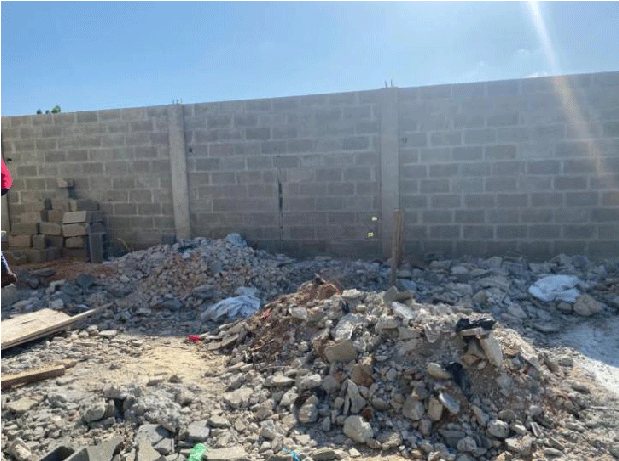
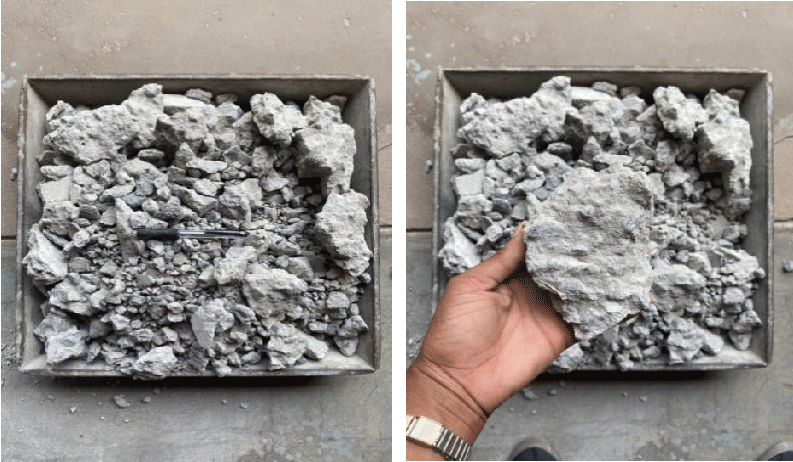
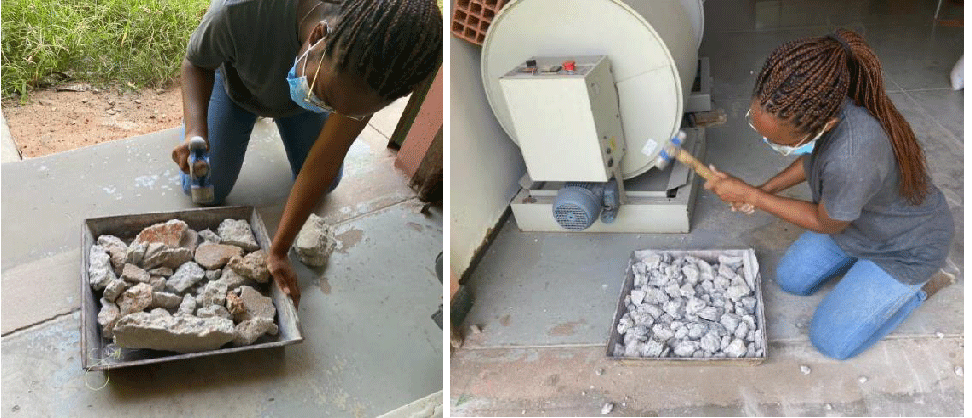
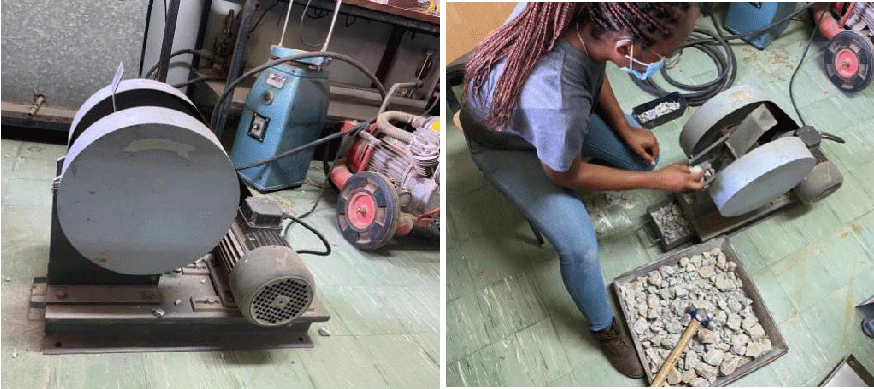
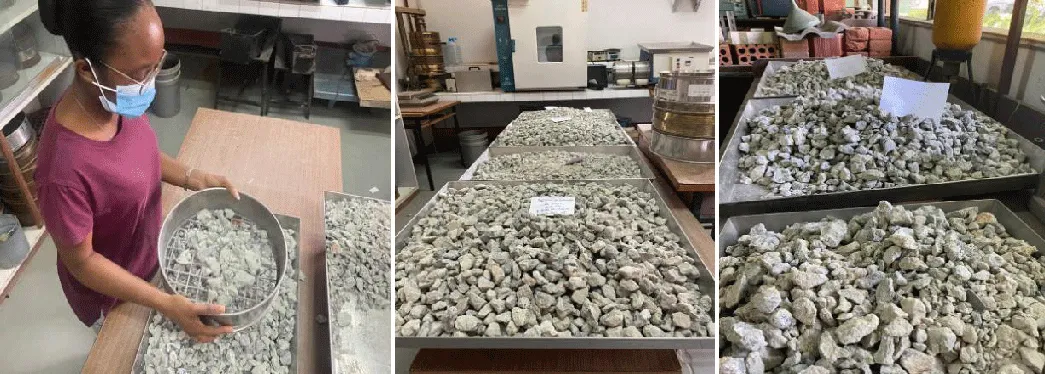
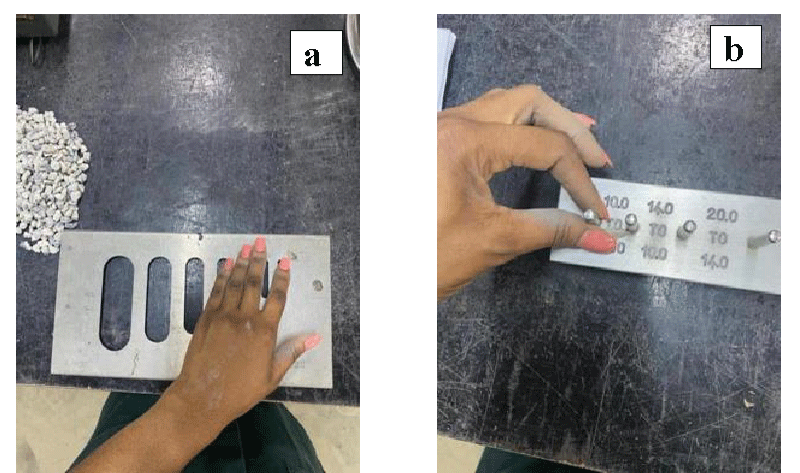
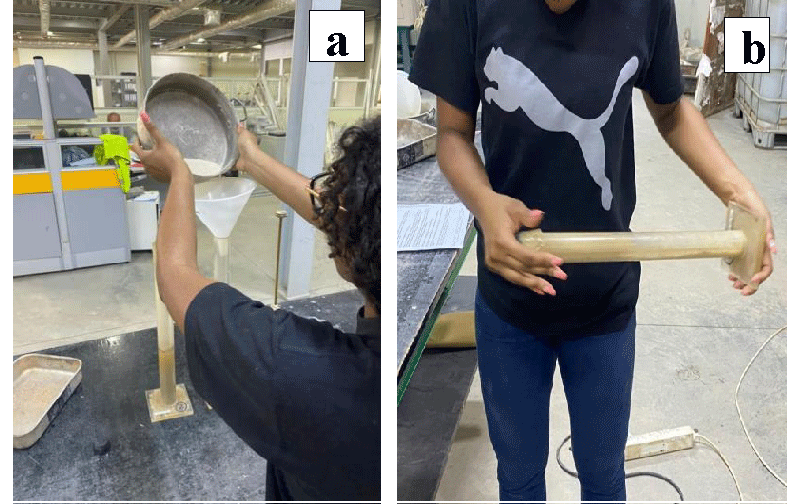
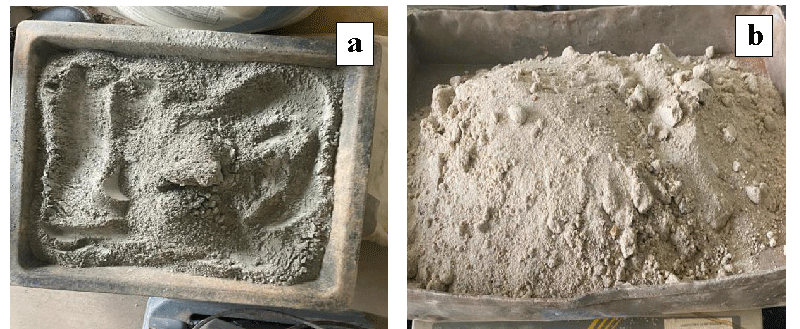
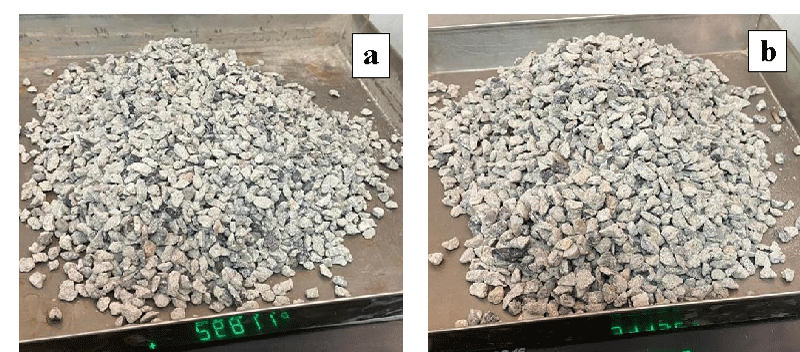
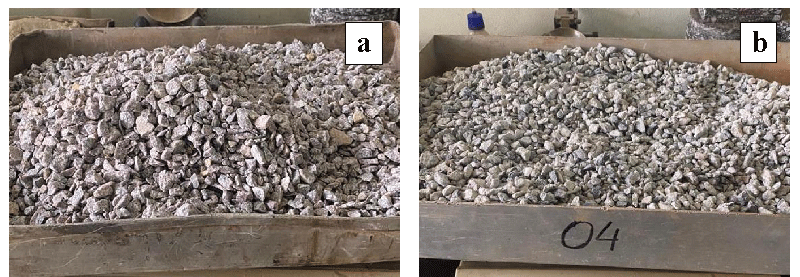
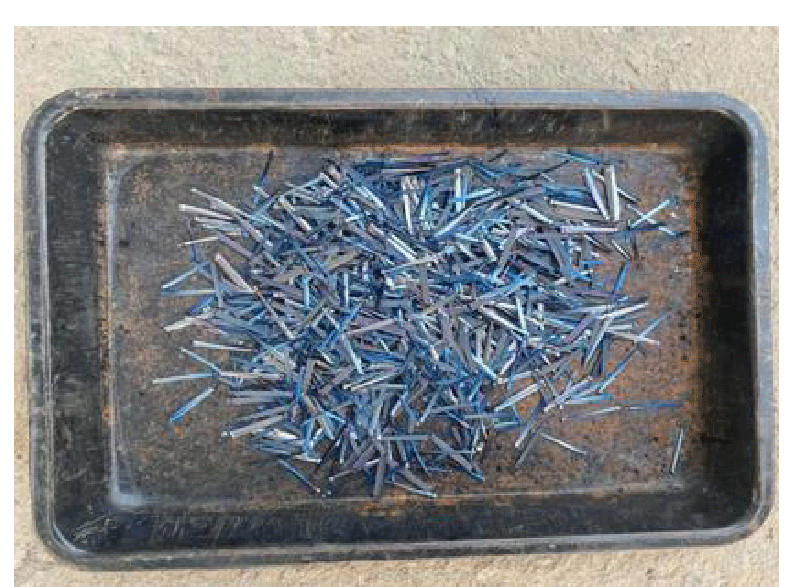


 Save to Mendeley
Save to Mendeley
